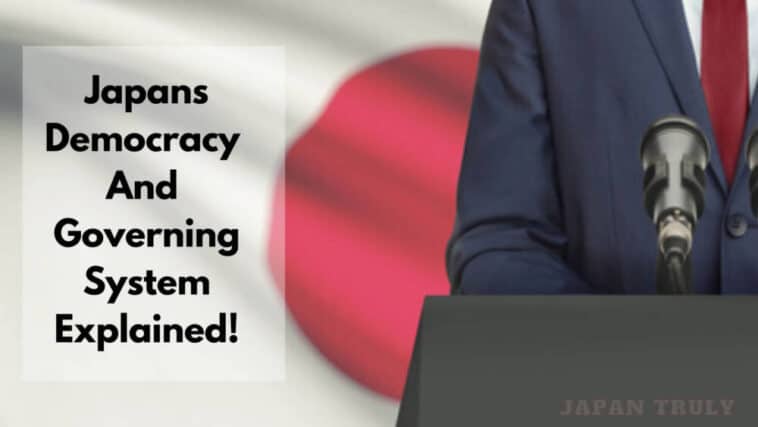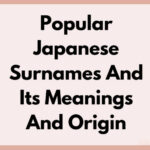Here’s everything you need to know about Japans democracy and governing system. Check it out!
Japan’s democracy and governing system present a fascinating blend of historical tradition and modern political structures.
As the world’s third-largest economy, Japan operates under a constitutional monarchy with a parliamentary government, balancing ceremonial roles with democratic processes.
This intricate system shapes Japan’s domestic and international policies.

Let’s explore its workings and evolution.
Page Contents
Understanding Japans Democracy And Governing System
Post-World War Political Progress In Japan
The World Wars had had a great influence on countries adapting to a fair democratic electoral system rather than giving power to one person alone.
When Japan surrendered in 1945, the United States occupied Japan a few years after, and immediately a new electoral system was established. The call for a parliamentary democracy was held and American officials wrote a new constitution.
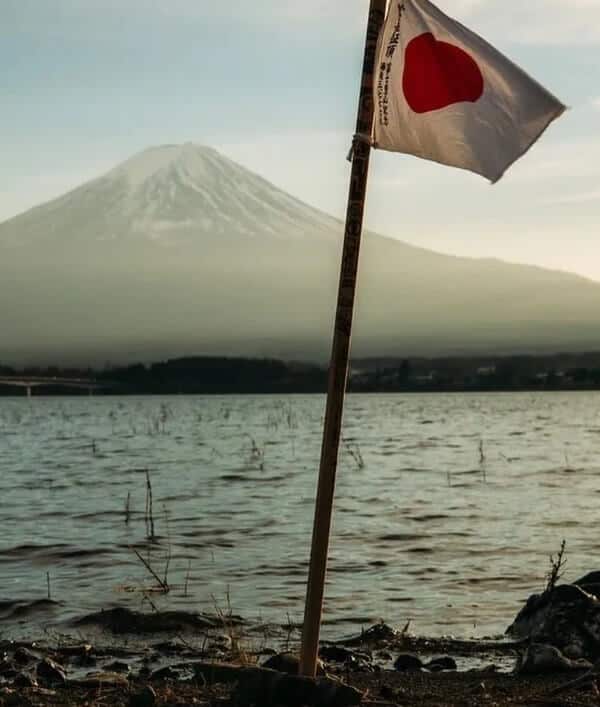
However, before Japan was occupied by the United States, Japan’s constitution was the Meiji Constitution which stipulates a monarchy system to have all the power. Thus, the Imperial Family of Japan had absolute power to rule the country and make their own laws.
Once Japan was occupied, the Meiji Constitution was replaced with a new amendment in 1947 that would be called the “Postwar Constitution” or “1947 Constitution.
When the new constitution was established, Japan experienced a massive reform in its political system and new political parties began emerging.
After recovering from its failure in World Wars, Japan saw a new beginning in the form of a better governing system. This helped Japan become an independent country and experience a surge in economic growth in the upcoming years.
Presently, Japan is known to be one of the democratic countries in Asia with a stable government.
- Related: Is Japan Socialist
- Related: Japan’s Approach to Women’s Rights
The Constitution of Japan
When speaking of a nation’s governing system the first source material and scripture that we should focus our attention on should be the constitution.
A constitution is basically the social code of a country which consists of fundamental laws that stipulate what type of regime a country should have and how a particular government should be elected.
It also consists of all the basic fundamentals of the country like the political system, government duties, freedom of speech, religious freedom, the justice system, etc.
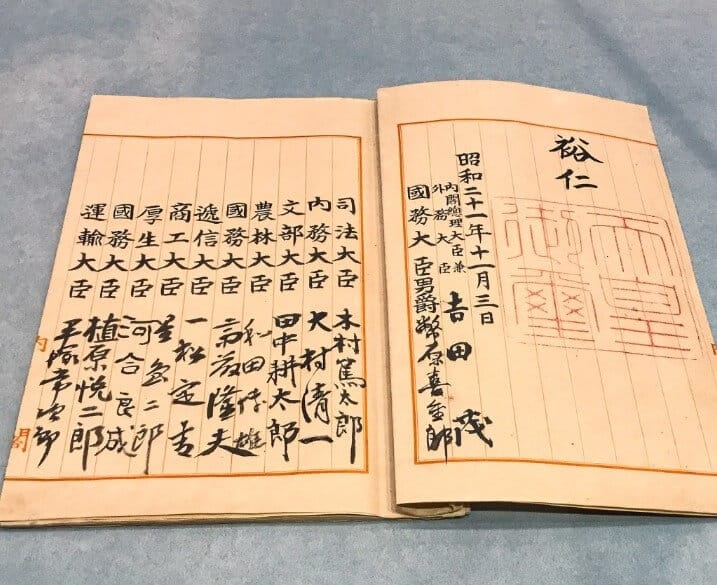
The Constitution of the Empire of Japan or the Meiji Constitution was in practice throughout Japan’s pre-war period.
The Meiji Constitution was based on a mixed monarchy system where the Imperial Family of Japan had most of the power while another ruling person/Prime Minister will be elected according to the Emperor’s wish.
After the occupation of Japan, a new constitution was put into practice by The US and this was called the “Constitution of Japan”. This new constitution brought several new elements to Japan such as establishing a parliamentary governing system and also reducing the power to the Imperial Family in Japan.
The Constitution of Japan also indicates the public be given the right to vote, freedom of speech, religious freedom, basic human rights, etc.
The Governing Bodies of Japan
Most democratic countries in the world are known to have a set of government bodies where the authority and responsibility of running the country and the government are shared upon. For instance, a president, prime minister, parliament, cabinet, etc.
After the Meiji Constitution of Japan was altered with a new amendment, the governing bodies in Japan began to form.
The Constitution of Japan stipulates that the leader of the country should be the Prime Minister who’s elected by the National Diet, and the Prime Minister has authority over politics in the country.
The National Diet of Japan is a bicameral legislative body that’s divided into an upper house known as the House of Councilors and the lower house called the House of Representatives.
Both the houses are responsible for electing a Prime Minister and voting for or against new economic reforms. The National Diet is also the most powerful legislative body in the government.
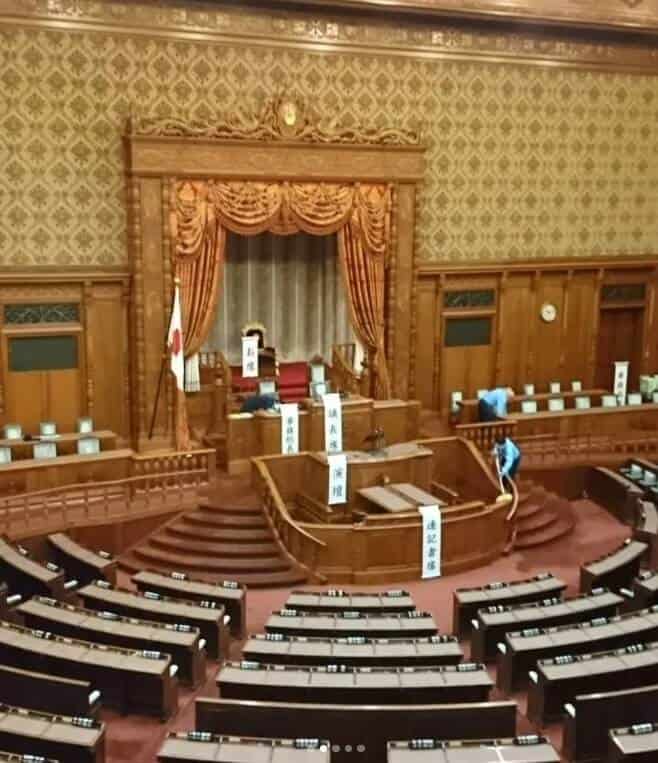
The Prime Minister of Japan has the power to nominate members for The Cabinet who’ll be working under the Prime Minister. Meanwhile, the Emperor of Japan has no political power and only represents the unity of the people.
The Imperial Throne will be inherited from the Imperial Family and they have little to no say in Japan’s political and government systems.
Political Parties In Japan
In a democratic nation, the public has the right to establish its own political party by registering itself. Therefore, there can be countless political parties in a country each representing its own policies and manifestos.
Presently in the National Diet, there are almost 10 political parties such as:
- Liberal Democratic Party
- Constitutional Democratic Party of Japan
- Komeito
- Nippon Ishin no Kai
- Japanese Communist Party
- Democratic Party For The People
- Reiwa Shinsengumi
- Social Democratic Party
- NHK Party
- Sanseito
- Happiness Realization Party
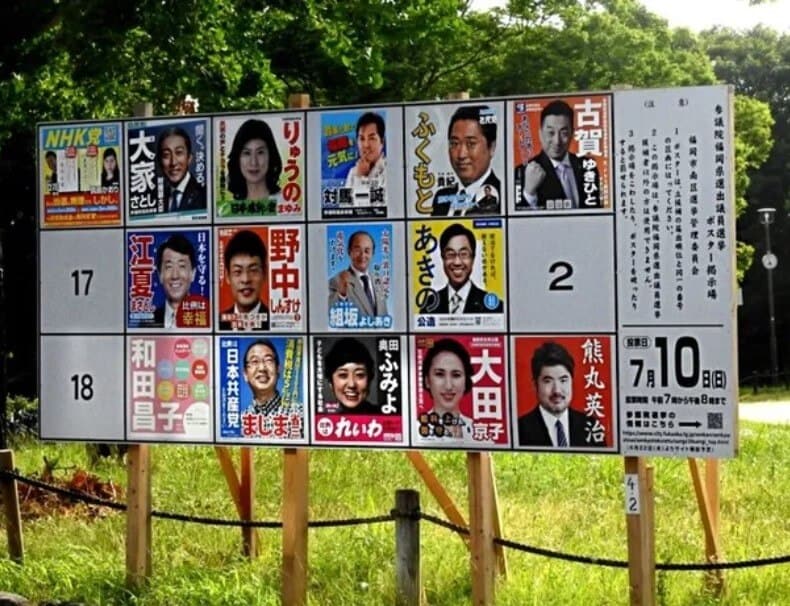
Each of these political parties represents the National Diet of Japan and they’re either in the House of Councillors or the House of Representatives.
Currently, the party that holds the highest number of members in Japan’s National Diet is the Liberal Democratic Party (LDP). The LDP is a conservative party that supports Japanese Nationalism.
The number of members of the Liberal Democratic Party in the House of Representatives is 261 while the House of Councilors consists of 110 members making a total of 371 members in Japan’s National Diet.
The next leading party in Japan’s National Diet is the Constitutional Democratic Party with a total of 140 members in the National Diet. The Constitutional Democratic Party is a party with social liberalism values.
Most of the Prime Ministers in Japanese history have been elected by the Liberal Democratic Party.
The Judiciary System In Japan
Right after the political and government system, it’s the judiciary system that holds power. The Judiciary system of a country is where the books of law and order are strictly followed and maintained.
In Japan, the judiciary system consists of the Supreme Court and other courts like high courts and magistrates courts. Supreme Court has high judicial power than any other court in Japan.
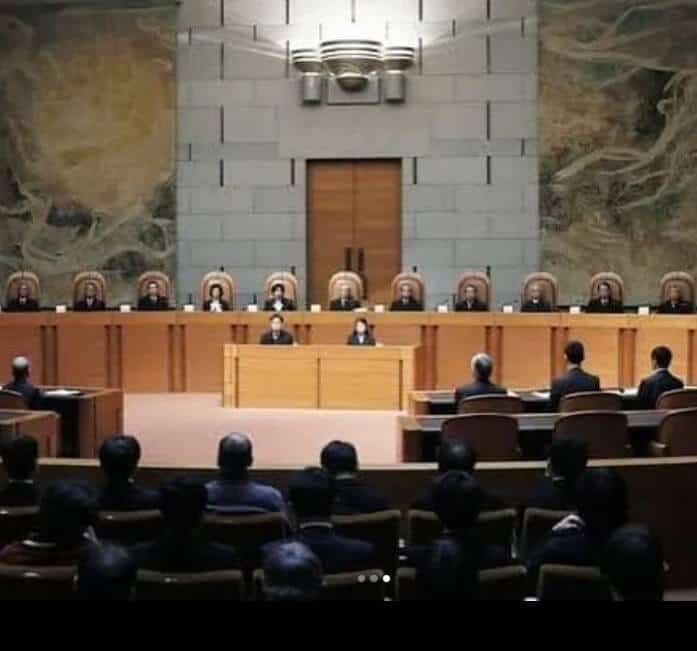
This lets the Supreme Court of Japan make use of the Constitution of Japan to take the right actions whenever necessary.
For instance, in any event of political powers being misused, it’s the Supreme Court of Japan where the constitutional laws will be interpreted and made use of to pass any legislation.
Any act or regulation in Japan must be initially examined by the Supreme Court before they’re passed as well.
The Judiciary system was introduced to Japan during the occupation when the Constitution of Japan was implemented in 1947. Following Article 81 of the Post-War Constitution of Japan, the Supreme Court was inaugurated and granted high judicial power.
While it’s the duty of the Supreme Court in Japan to oversee any breach of constitutional rights, it also must supervise the matters brought to lower courts and anything related to the Bar Association.
Prefectural And Municipality Governments In Japan
We all know that Japan is famous for its regional prefectures. A prefecture defines a regional division or subdivision of an area.
There are a total of 47 prefectures in Japan and each prefecture is governed by an appointed prefect or leader. The two urban prefectures in Japan are Kyoto and Osaka and the metropolis prefecture in Japan is Tokyo.
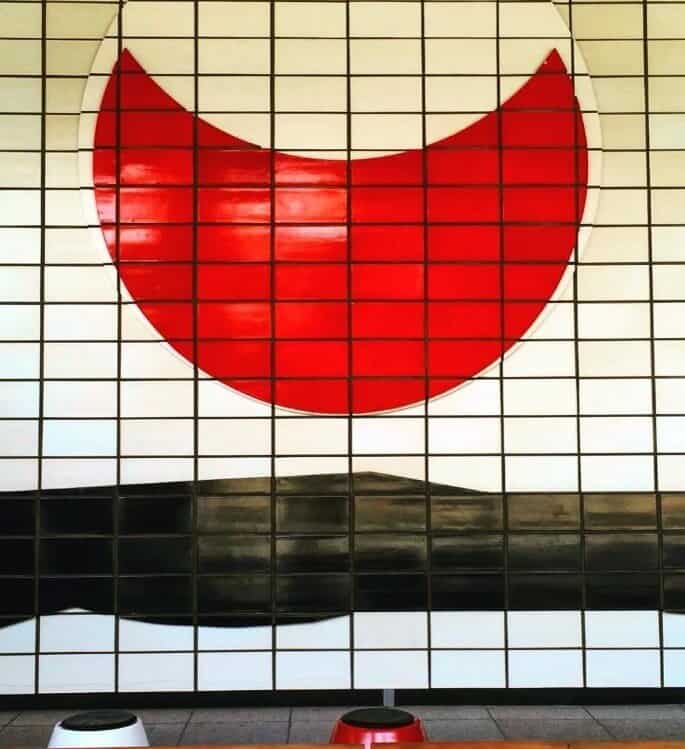
Right after the national government of Japan, it’s the prefectural and municipality governments that are provided authority to make administrative decisions. However, these decisions will be examined by the central government before putting them into practice.
Most of the duties related to a specific region are delegated to the prefectural and municipal governments in Japan and it’s the sole duty of these governments to carry out the duties without delay.
Some of the duties of prefectural and municipal governments in Japan include maintaining and overseeing regional schools, controlling the regional police force, sorting out the requirements of hospitals, and also constructing any buildings in the region.
And there you have everything you needed to know about Japan’s democracy and governing system. Hopefully, you loved reading the blog and found learning about Japan’s government system interesting.
All About Japan’s Democracy And Governing System: FAQs
What government system does Japan use?
Japan is a unitary state which means the country is ruled and governed by one ruling party. The government system of Japan is a parliamentary constitutional monarchy. This means the candidates will be elected to parliament and it’s the members of the parliament who must elect a Prime Minister who’s the head of the state.
Meanwhile, the Imperial Family of Japan holds no political power but is a public figure who represents the unity of the country.
What type of democracy does Japan have?
The democratic system of Japan is a constitutional monarchy where the country isn’t ruled by the monarchy alone but a parliamentary government is appointed through elections. Once the parliament members are in place they must elect a new Prime Minister who becomes the leader of the state and performs constitutional duties.
The Prime Minister also appoints The Cabinet which is a group of members from the parliament who works under the Prime Minister of Japan.
How does the government system work in Japan?
Japan is a unitary state which means the entire country is ruled by one party. Members of the ruling party are elected in parliamentary elections and they also become a part of the National Diet.
Parliamentary members must elect a Prime Minister who will be the leader of the country and will have The Cabinet working under them.
Also Read


